Car IFAK Essentials
Cars are an essential part of most people's everyday lives. It's difficult, and in some cases impossible, to get to work, activities, and errands without having access to one. However, few people acknowledge how dangerous driving is despite it being such an integral part of our lives. In the USA alone, there were nearly 39,000 deaths due to fatal car accidents in 2019. Combine that statistic with the fact that 90% of drivers don't keep basic first aid equipment in their cars, and you'll realize that this is a dire situation that needs to be addressed. No matter how careful you are, an accident can occur anywhere at any time, so you need a car first aid kit. But what equipment should you include?
Why Should You Keep First Aid Essentials in Your Car?
As previously mentioned, driving can be incredibly dangerous. But if you do get into an accident, you can simply rely on emergency services, right? While in an ideal world you'd be able to, this isn't always the case here in reality. If you're in a rural area, it can take an hour, if not more, for help to arrive. If you're in a densely populated area, there could be traffic, road closures, or other unforeseen circumstances that could prevent EMS from reaching you in a timely manner. And since a person can bleed out faster than you can make instant ramen, every second is essential! Keeping the necessary first aid supplies in your car will drastically increase a victim's chances of survival if emergency services are delayed for whatever reason.
Car IFAK Essentials
If you could fit (and afford) every kind of first aid gear in your car and pack it around with you, that'd be fantastic! Unfortunately, that's not a realistic possibility for most of us. Depending on the space available, you may want your kit to be as small and concise as you can make it. If that's the case, you're in the right place! We'll be covering strictly the essentials that you need to keep on hand. While bandages are a great thing to keep on hand, they won't be any help if you get impaled!
The essentials that you need to keep in your car at all times, and potentially on you at all times if you want to be prepared at all times, are the things that will save your or another person's life. In a life-threatening situation, the following items are the things that will drastically increase your odds of survival.
- Chest Seals
- Emergency Pressure Bandage
- Gloves
- Hemostatic Gauze
- Space Blanket
- Tourniquet
How to Use the Essentials

Your first aid equipment is only as good as you are. So, you obviously need to know what your gear does and how to use it before an emergency arises.
Chest Seals
These slim devices are critical for patients who've suffered a puncture wound to the chest. When someone is essentially impaled and the knife, rebar, or whatever object that caused the damage is no longer in the injury, air can enter the torso through the wound. This is incredibly dangerous because the buildup of air can make your lungs collapse or cause a heart attack.
To use a chest seal, simply wipe the area and securely apply the adhesive side of the chest seal over the wound. Nice and simple!
Emergency Pressure Bandage
These bandages are crucial for injuries that require direct pressure. For example, if a patient has a venous bleed, you need to apply direct pressure in order to stop the bleeding. Similarly, packed wounds need consistent pressure applied as well. An emergency pressure bandage will do that for you! If you hold pressure manually, you run the risk of dislodging a clot or applying inconsistent pressure. Besides mitigating potential problems, using an emergency pressure bandage frees up your hands and allows you to move on to other injuries or tasks.
Emergency Pressure Bandages are a breeze to use. Simply ensure the center of the bandage is directly over the area that needs pressure and wrap it around the limb or torso. To get a nice, snug fit, make sure you stretch and wrap rather than loosely wrapping the material.
Gloves
You may be wondering why gloves are on this list. They won't stop bleeding, so how can they be life-saving? While they won't instantly help like a tourniquet, they are a critical item to keep on hand. When you're treating a patient, wearing gloves will protect them from dirt and germs that are on your hands. If you don't wear gloves, you could make the situation worse down the line if they get an infection.
Not only do gloves protect the victim, but they also keep you safe as well. You may think that blood is harmless to you, but bloodborne pathogens exist! If the person you're treating's blood enters your body, whether that be through a cut, your mouth (don't be a vampire), or even a sunburn, you could get a disease. So don't forego the gloves and protect everyone by wearing them!
Assumedly, everyone knows how to put on gloves, which makes my life easier! Just be sure to keep the gloves' exterior clean while putting them on and avoid touching anything besides the patient and your tools during treatment.
Hemostatic Gauze

When there's heavy bleeding in an area where you can't use a tourniquet, such as the groin or armpit areas, hemostatic gauze is your best friend! The best way to describe this item is that it's regular gauze's beefy older brother. It's impregnated with a hemostatic agent that forces the blood to clot faster than it would on its own. With this item by your side, you'll be able to take on venous bleeds like a pro.
Thankfully, you don't have to do anything special to make hemostatic gauze work! Simply rip open the package and use it the same way you'd use regular gauze.
Space Blanket
You may think that a blanket can only save your life when it's cold, but that's not true! One thing that people often overlook is that a patient who's suffered from a traumatic bleed loses the ability to thermoregulate. Because of this, their body temperature will rapidly drop until they're hypothermic. This can easily lead to further complications and even death for the victim. The easy way to combat this is to use a space blanket to reflect their body heat back at them. This should be done quickly since it's a lot easier to keep a person's temperature up than it is to bring them back from hypothermic levels.
To use a space blanket, simply wrap the patient up in the material until they look like a burrito, and they're good to go! Just be sure to also cover their head as we lose a lot of body heat from there.
Tourniquet
When a victim can bleed out within five minutes, it's critical to move quickly. That's why your car needs a tourniquet onboard. A tourniquet is exclusively for heavy bleeding on the arms or legs, and it works by pinching your arteries against your bone in order to interrupt blood flow. One important thing to note is that tourniquets are safe to use. A patient won't suffer nerve damage so long as the tourniquet isn't on for extremely long periods of time. As for the rumor that tourniquets result in limb loss, that's a false speculation that started during the American Civil War. Tourniquets can and will save lives so long as you deploy them quickly and correctly.
The way you apply a tourniquet depends on the type of tourniquet you use as there are several different variations. You need to learn the basics of tourniquets and practice consistently with your chosen variant so you are able to efficiently apply one in an emergency.
Where to Store the Essentials

Your car first aid essentials need to be stored somewhere you can easily access them. While your trunk might seem like a great spot, what happens if you get rear-ended and can't access it? Your equipment can only save lives if it's accessible. Therefore, we recommend keeping the kit somewhere within arm's reach if at all possible. Some first aid kits include MOLLE mountable straps or a way to hook it to the back of your headrest. This is our preferred method, but anywhere you can reach it works perfectly well!
Now that you know what the essentials are and how to use them, you just need to make sure you throw them in your car! If you don't already have the first aid essentials, we've got a variety of kits to choose from, or you can simply pick up the individual supplies. Whatever you decide to do, be prepared and stay safe out there!
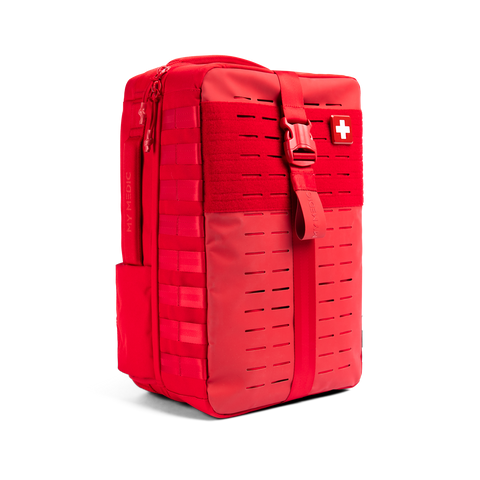 NEW ARRIVALS
NEW ARRIVALS
 BEST SELLERS
BEST SELLERS
 SUPERSKIN™
SUPERSKIN™
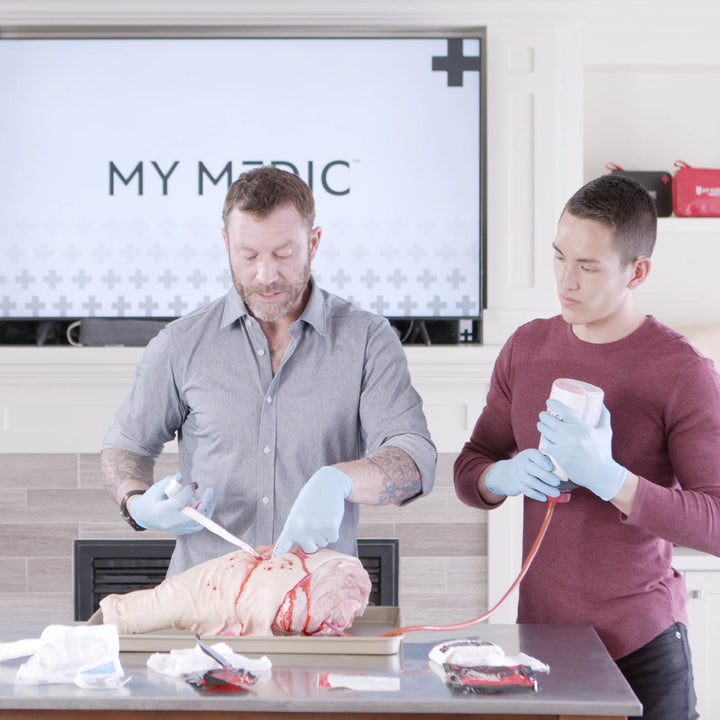 COURSES
COURSES
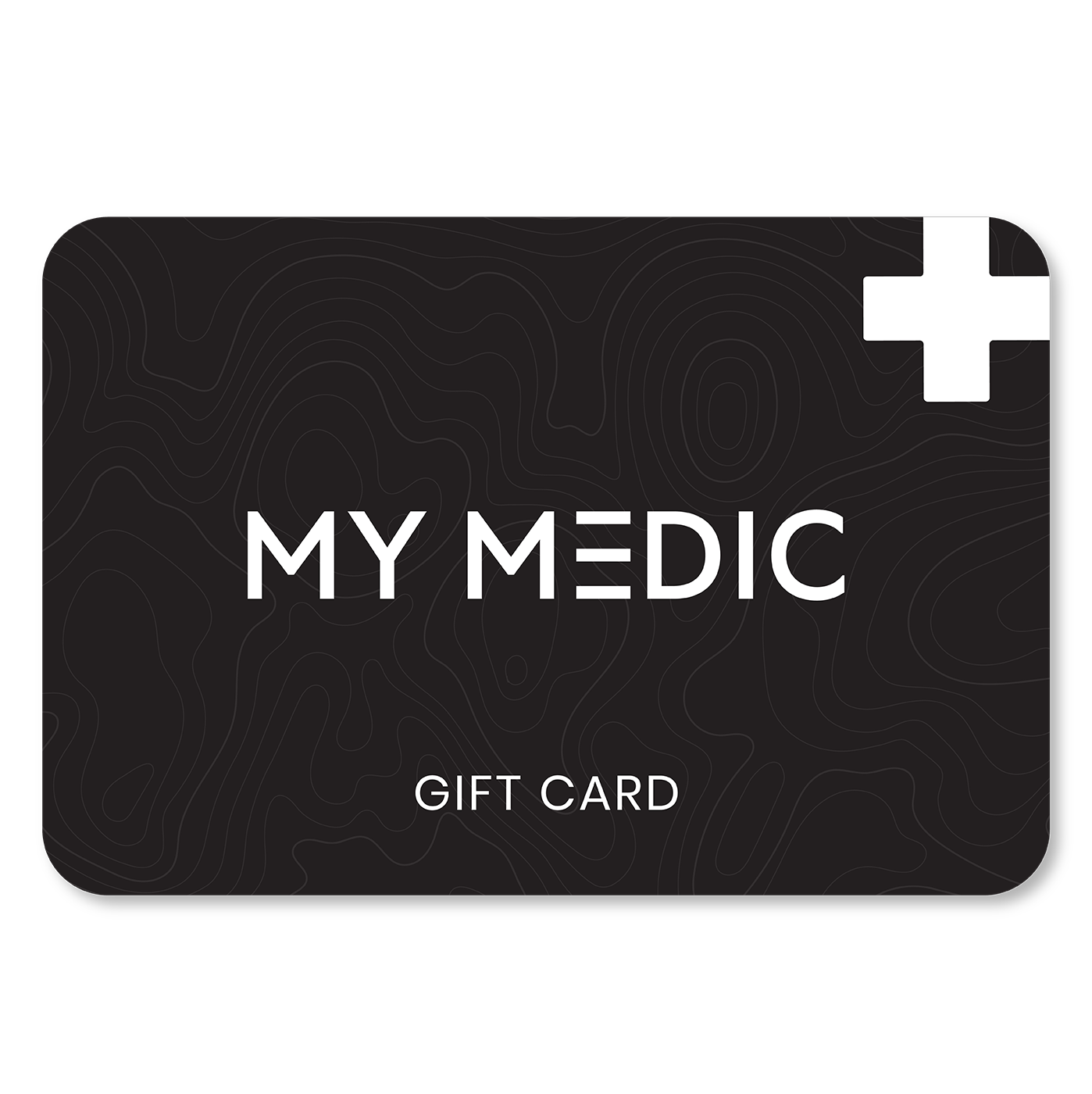 GIFT CARDS
GIFT CARDS
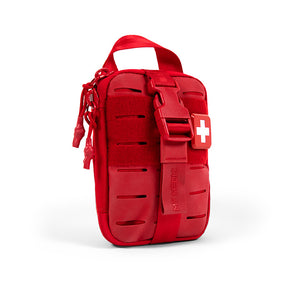 The MyFAK Collection
The MyFAK Collection
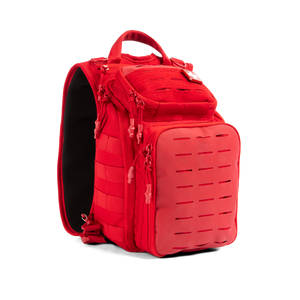 Specialty
Specialty
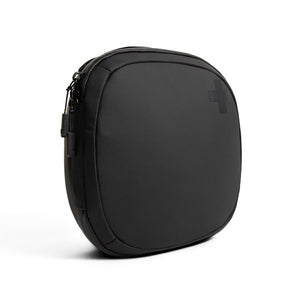 The Ready Collection
The Ready Collection
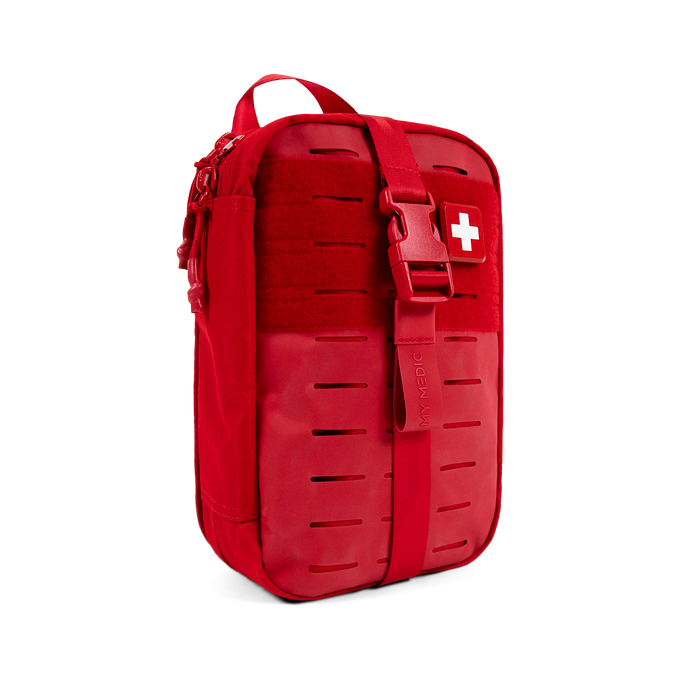
 BLEED
BLEED
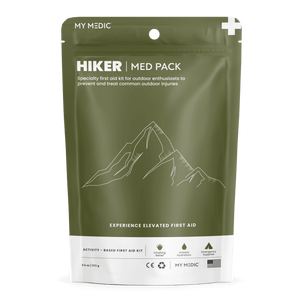 OUTDOOR
OUTDOOR
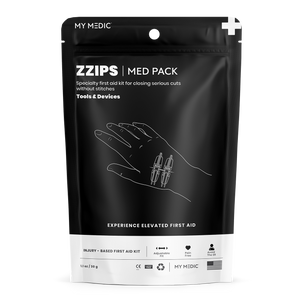 TOOLS & DEVICES
TOOLS & DEVICES
 AIRWAY
AIRWAY
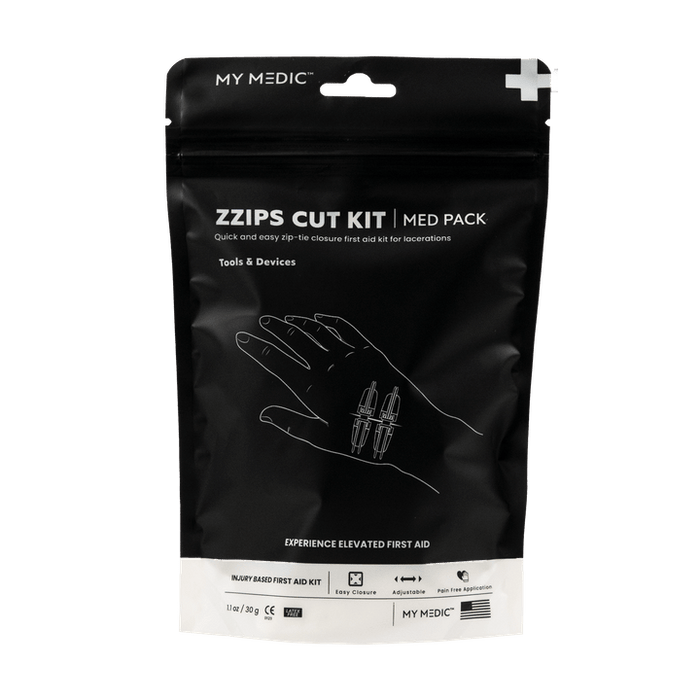
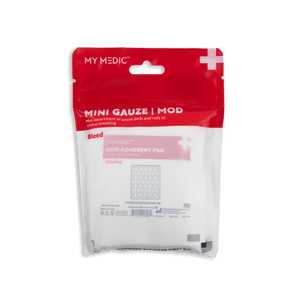 BLEED
BLEED
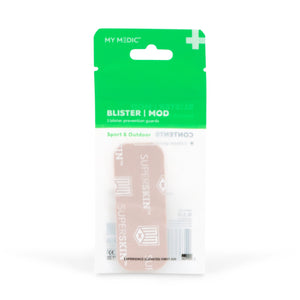 OUTDOOR
OUTDOOR
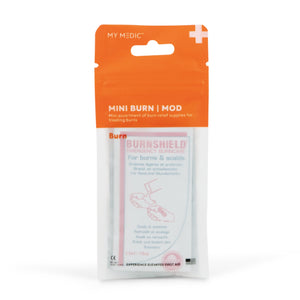 BURN
BURN
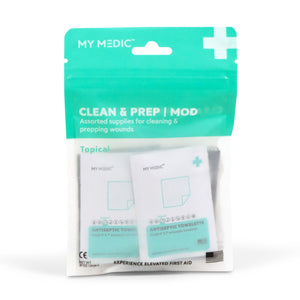 TOPICAL
TOPICAL
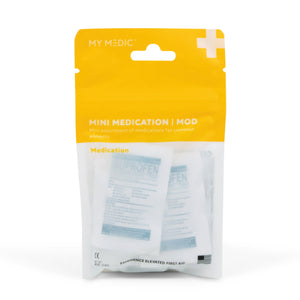 MEDICATION
MEDICATION
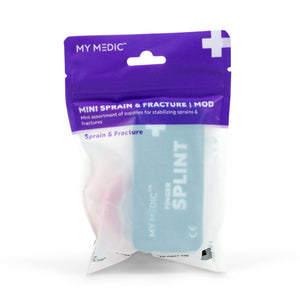 SPRAIN & FRACTURE
SPRAIN & FRACTURE
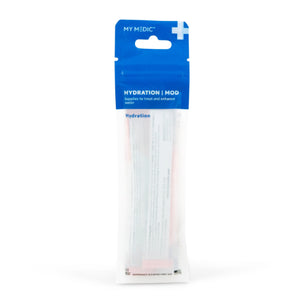 HYDRATION
HYDRATION
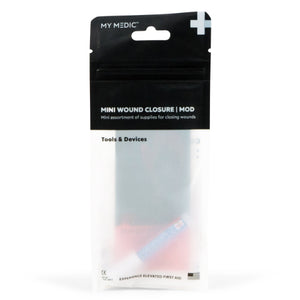 TOOLS & DEVICES
TOOLS & DEVICES
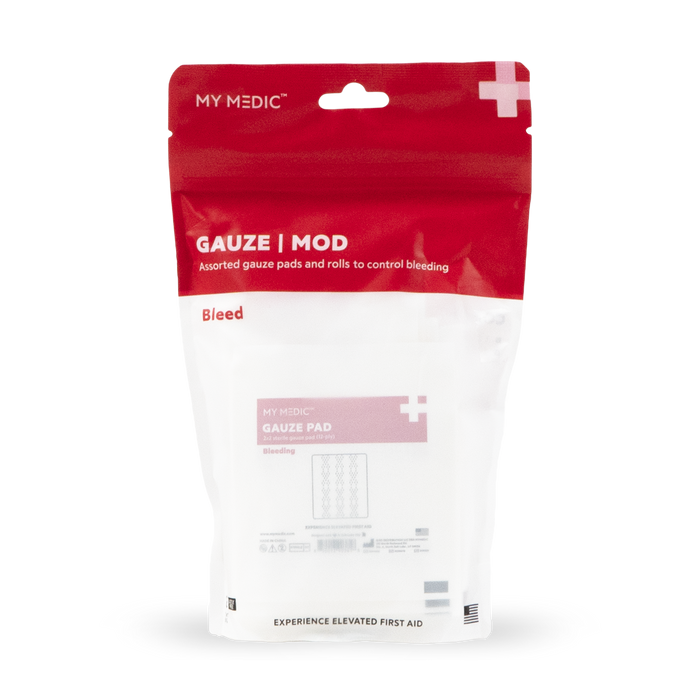
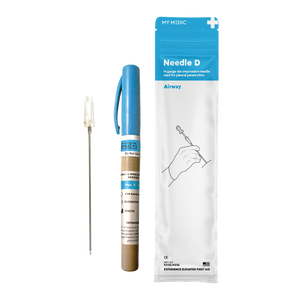 Supply Categories
Supply Categories
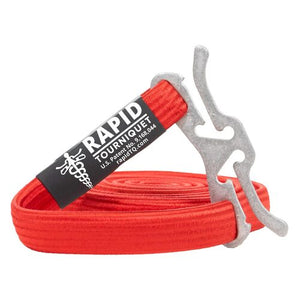 Top Sellers
Top Sellers
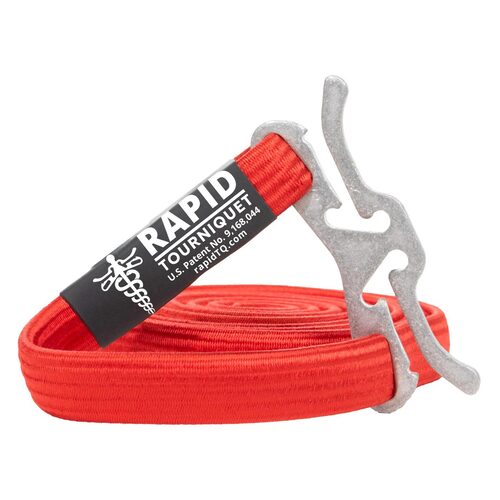





Hi, love your products – do you sell a car FAK with the items described above (car IFAK) in it?
Thanks!
———
My Medic replied:
Hey Bret, the MyFAK series will have all of these essentials in the pro version of the kits!
Leave a comment